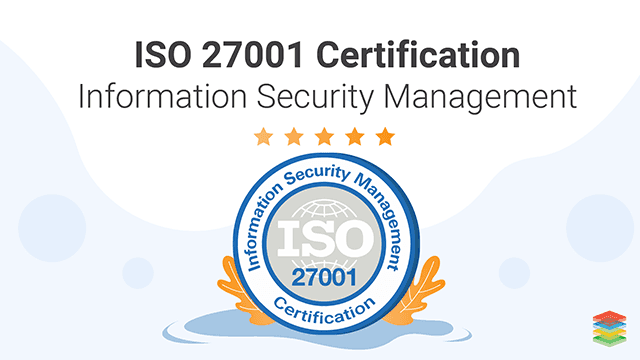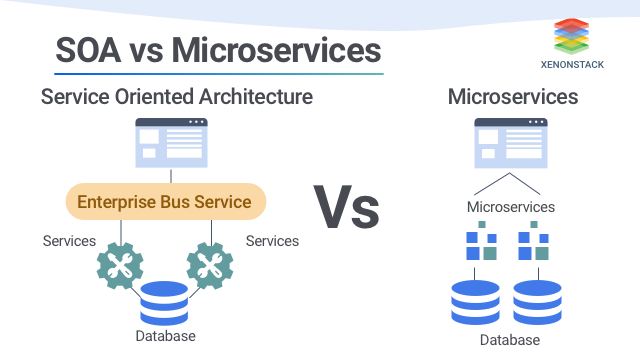
What is ISO 27001?
ISO 27001 is an international standard published by the International Standardization Organization (ISO) that provide a specification for an information security management system (ISMS). ISMS a managed framework for the protection of business-critical information. It contains a set of policies, procedures, and controls for protecting confidentially, integrity and availability of the information. It is a systematic approach consisting of people, process, a technology that helps to protect and manage all the organization information through risk management. ISO 27001 standard is being designed to help organize, manage their security practices consistently and cost-effectively. This is applicable to all organization, irrespective of their size, type or nature. To know more about ISO 27001, you can visit here.Main Focus
The main focus of ISO 27001 is to protect three aspects of information i.e. confidentiality, integrity and availability. This is done by finding out what potential problems could happen to the information (i.e. risk assessment), and then defining what needs to be done to protect such problems from happening (i.e., risk mitigation or risk treatment). The main philosophy of ISO 27001 is based on managing risks i.e. finding out the risks and systematically treat them.- Confidentiality: Information is not available or disclosed to unauthorized people, entities or processes.
- Integrity: Information is complete and accurate and protected from corruption.
- Availability: Information is accessible and usable as and when authorized users require it.
Why ISO 27001 Certification is Important?
There are many techniques available to protect the information technology industry i.e antivirus, firewalls, backups, etc. With these types of security elements, there are still chances of the data breaches. Technology on its own is not enough to protect confidential data. Therefore, business needs more practical means of safeguarding information.Who Needs ISO 27001 Certification?
The business of all sizes should need an ISO certification since a data breach can also happen to the business that collects, processes and stores customer information. Therefore, any business working with customer records should consider learning more about ISO 27001 certification.Benefits of ISO 27001
- Secures the information in all forms i.e. an ISMS helps to protect all forms of information whether digital, paper-based or stored in the cloud.
- Increases the attack resilience i.e. implementing and maintaining an ISMS will significantly increase the organization's capacity to cover quickly from difficulties.
- Provides a centrally managed framework i.e. an ISMS provides a framework for keeping the organization information safe and managing it in one place.
- Protects the entire organization from technology-based risks and other more common threats.
- Reserves the confidentiality, integrity, and availability of information by offering a set of policies, procedures and physical controls.
Various Sections of ISO 27001
ISO 27001 is split into 11 sections and Annex A. Sections 0 to 3 are introductory ( not mandatory for implementation) and sections 4 to 10 are mandatory ( should be executed in any organization if it wants to be compliant with the standard ).- Section 0: Introduction – explains the purpose of ISO 27001
- Section 1: Scope – explains that such a standard is applicable to any type of organization
- Section 2: Normative references
- Section 3: Terms and Definitions
- Section 4: Context of the organization – define ISMS scope, defines requirements for understanding external and internal issues.
- Section 5: Leadership – defines top management responsibilities, setting roles and responsibilities.
- Section 6: Planning – defines requirements for risk assessments, risk treatment and setting the information security objectives.
- Section 7: Support – defines requirements for availability of resources, communication, and control of documents and records
- Section 8: Operation – defines the implementation of risk assessment and treatment, controls other processes needed to achieve information security objectives.
- Section 9: Performance Evaluation – defines the requirement for monitoring, measurement, and analysis.
- Section 10: Improvement – defines requirements for corrections, corrective actions and continual improvement.
How to Get More Information
- Get an insight about "GDPR Compliance"
- Learn more about "PCI DSS Compliance"
- If you are looking for widespread information concerning the processing of ISO 27001, Get in Touch with us.


